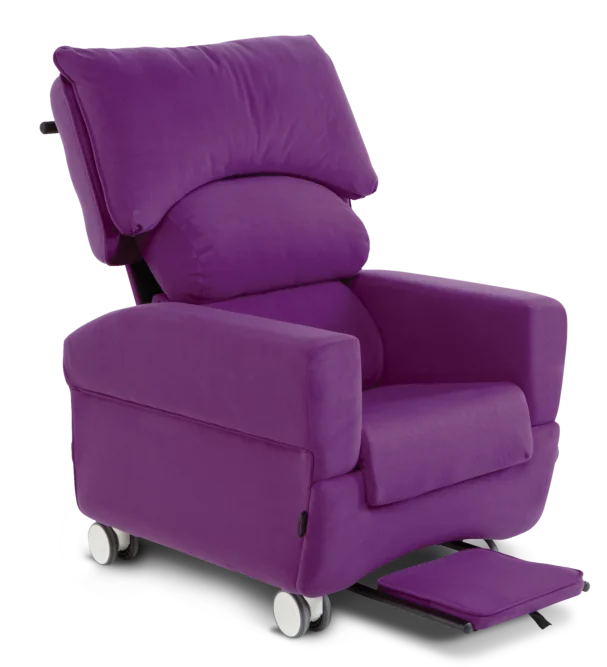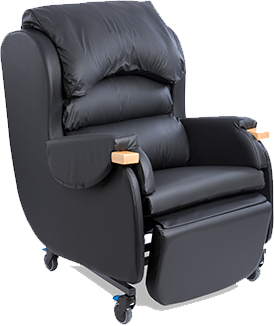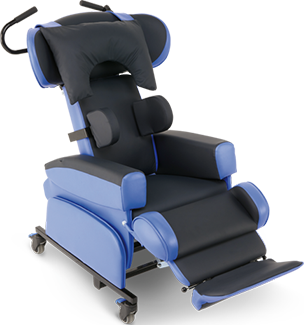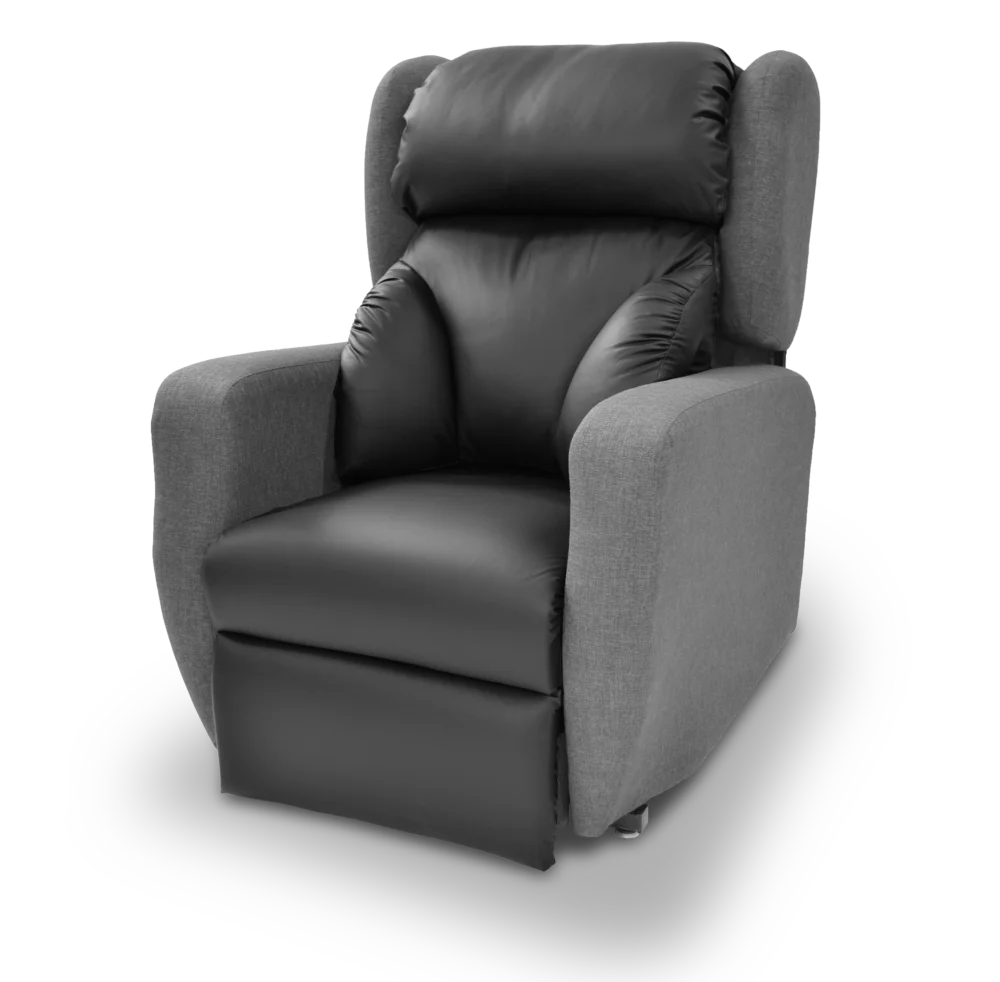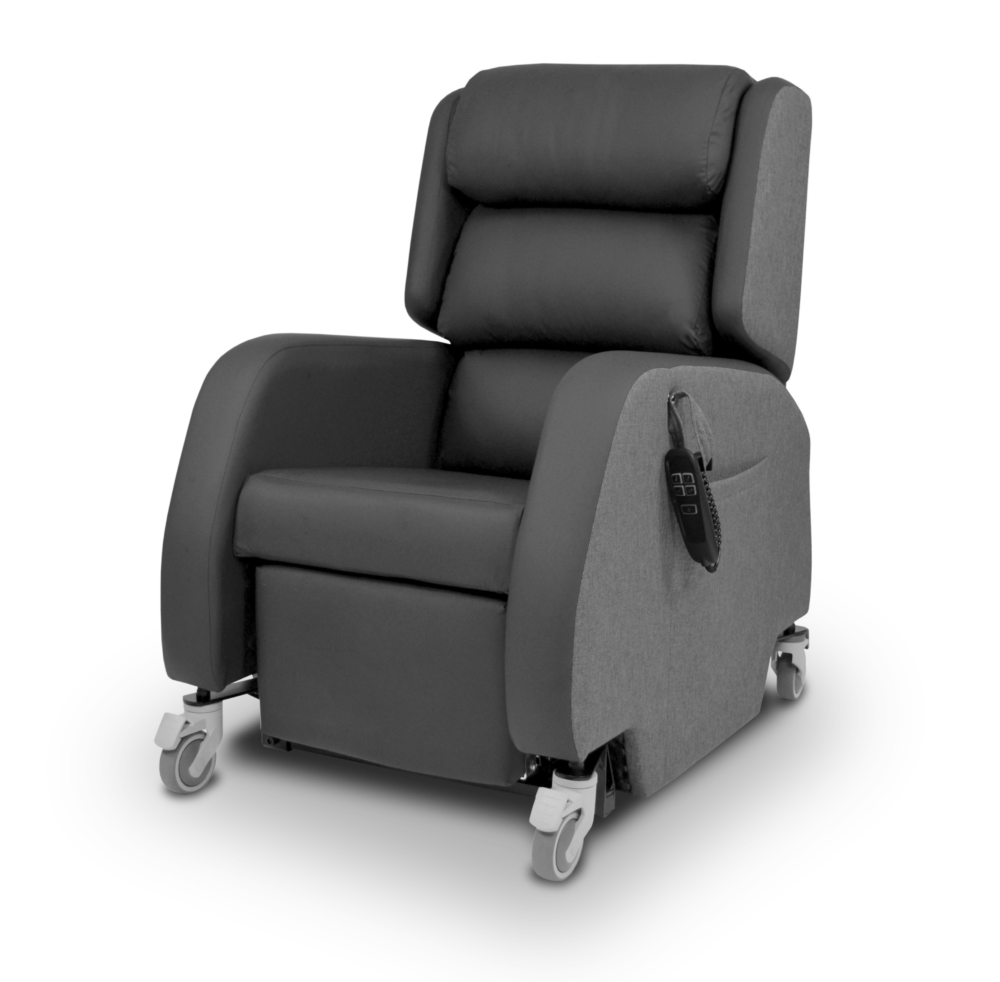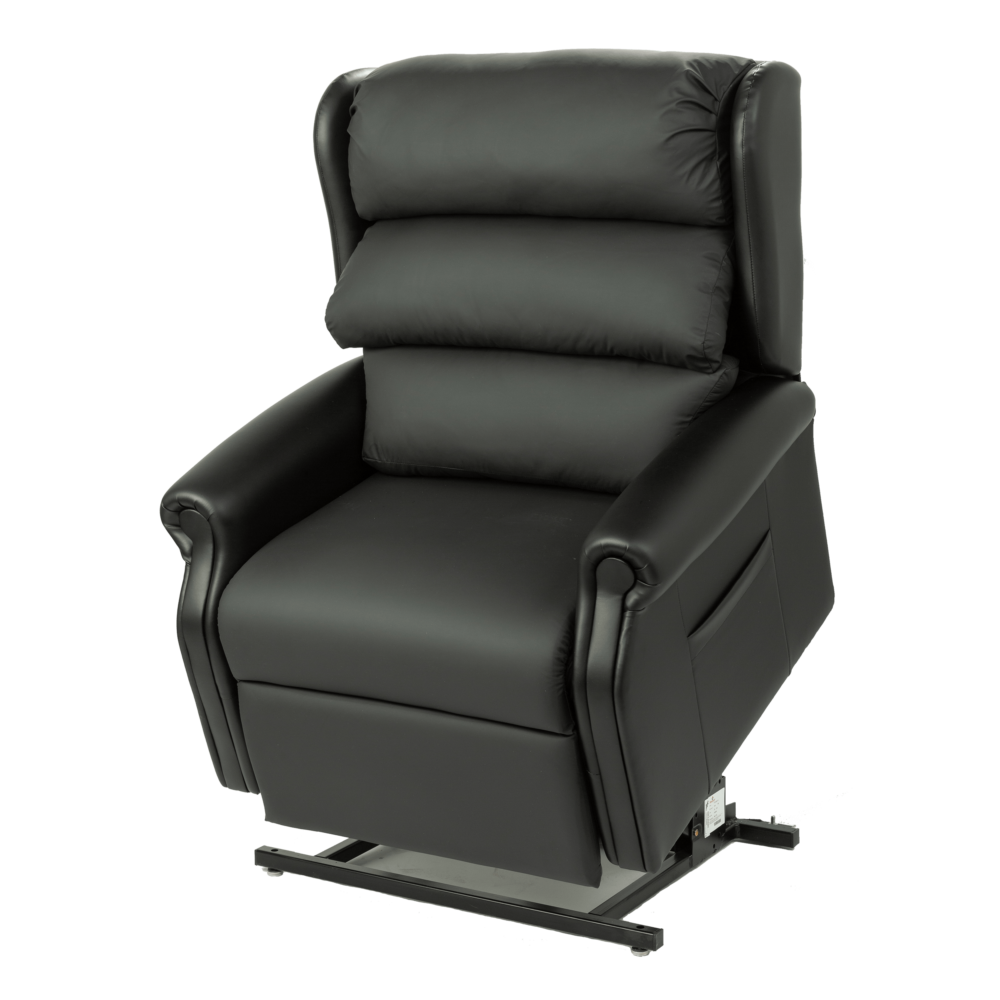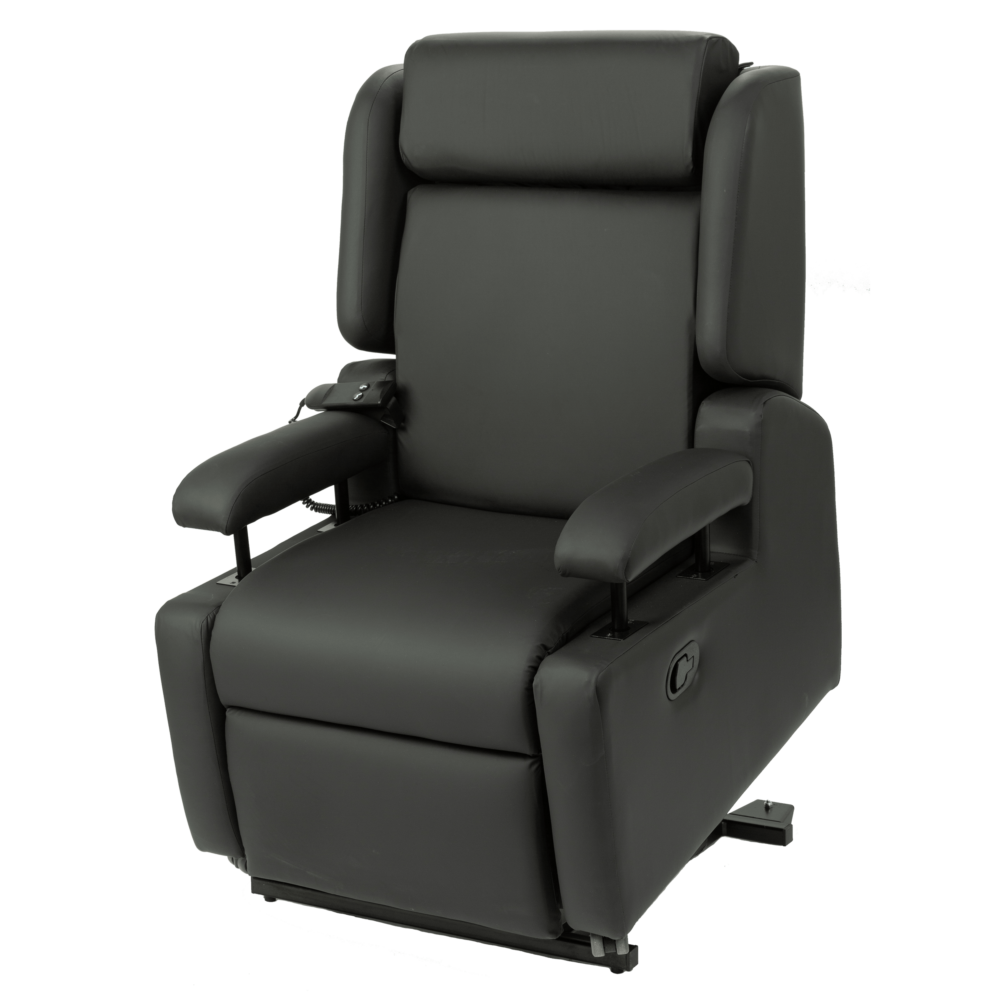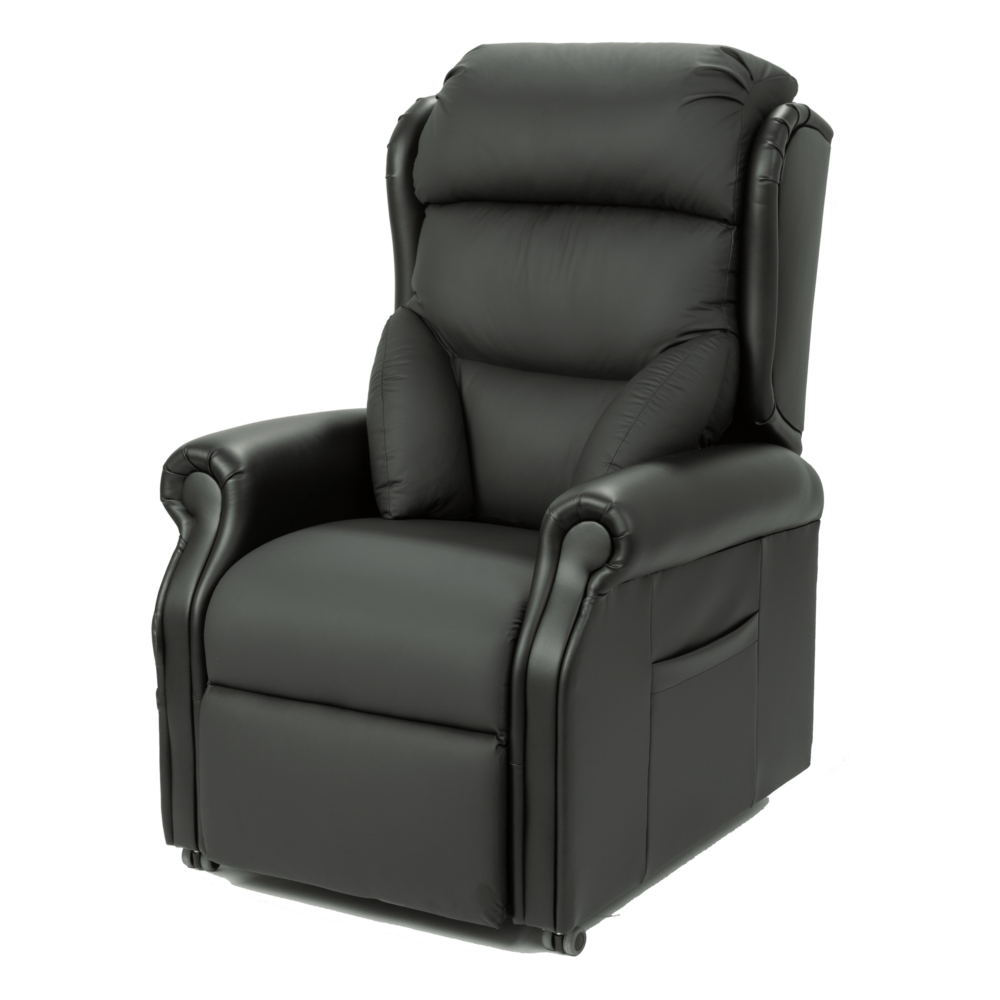What is Kyphosis?
Every person has some degree of curvature to the spine, this is our spinal posture. It is normal to have a kyphotic curve in the thoracic region of the spine; this curve helps the body absorb shock, support the weight of the head, align the head over the pelvis, and remain stabile but flexible. However, a curve of more than 45° is considered excessive. An increased thoracic kyphosis is when an individual presents with a thoracic curvature that results in the top of the back to appear more rounded than normal.
This postural challenge can be associated with posterior pelvic tilt, scoliosis and an increased risk of pressure injuries, especially through the apex of the curvature, sacrum and heels. An individual with an increased thoracic kyphosis can also present with physiological dysfunction, including respiratory and digestive problems, and swallowing difficulties if they are unable to achieve a safe position for eating and drinking. Their head position can result in their line of vision being towards the floor, which can have a significant impact on interaction and engagement, and ultimately quality of life.
What can cause an increased thoracic kyphosis?
There are various reasons why an increased thoracic kyphosis can occur, including age, postural kyphosis (poor posture), spinal injury, Scheuermann’s kyphosis due to abnormally shaped vertebrae, or congenital kyphosis. Some conditions are also associated with kyphosis, including osteoporosis, spondylosis, spina bifida, muscular dystrophy and cancer that develops inside the spine or spreads to the spine from another part of the body. In individuals with complex postures, resulting from an underlying condition such as dementia or cerebral palsy, kyphosis can be affected by the following:
- Incorrect seat dimensions
- Posterior pelvic tilt
- Muscle weakness and poor trunk control
- Abnormal muscle tone
- Fatigue and the effects of gravity
Are there any seating solutions that can help?
Management will depend on whether the increased thoracic kyphosis is correctable or fixed, which can be identified during a comprehensive assessment. Seating solutions can include:
- Ensuring correct seat depth, seat width and arm rest height
- Ensuring adequate trunk and head support
- Waterfall back with wadding adjusted to fully support posture, especially the apex of the curvature
- An articulating head rest to encourage a supportive head position for maximum comfort
- An anterior support, such as a chest harness, following a risk assessment, may be indicated
- Tilt-in-space, if appropriate, to encourage pelvic stability and energy management
- Addressing any associated posterior pelvic tilt and scoliosis

